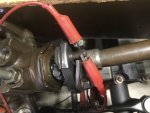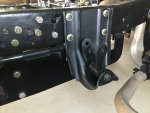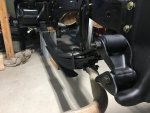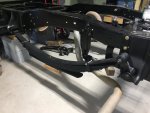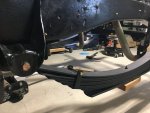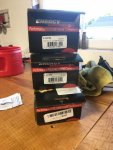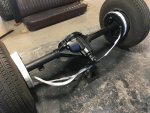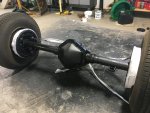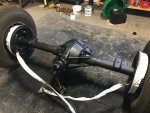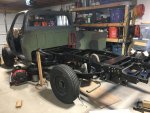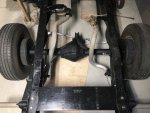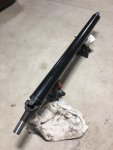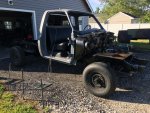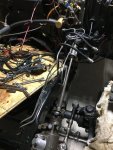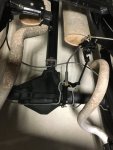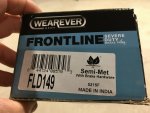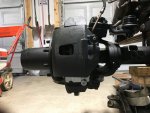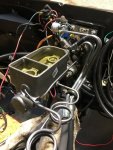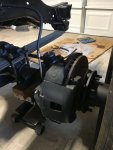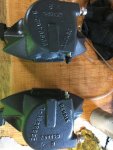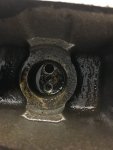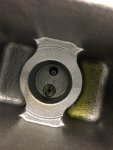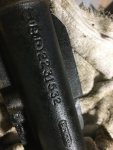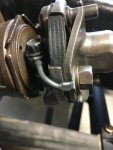I have enjoyed reading up on everything you've done so far...truck will look new when you're done!! As far as the gauge goes you can adjust where it lands on the gauge by bending the bar the float is on in the tank sender... I see you have the bed off so it wouldn't take much to take it out and bend it up some to lower the gauge reading...would be a great time to do it too since you know exactly how much is in it...I wish I could've done that on mine when I replaced all that a month ago but with the bed on it would've taken way to much effort...mine reads half a tank with 5 gallons in it so it needs adjusted bad!! I forgot to say you can adjust for dead empty too by removing the float and putting some weight on the end and see if it does go to empty once it does read half with the tank now...would be a good thing to know where it actually reads on the gauge.10 gallons. Theoretically should read 1/2. Not a good trend that 5 gallons indicated less than 1/4 and 10 gallons indicates greater than 1/2 but we’ll see what happens.
Last edited:


